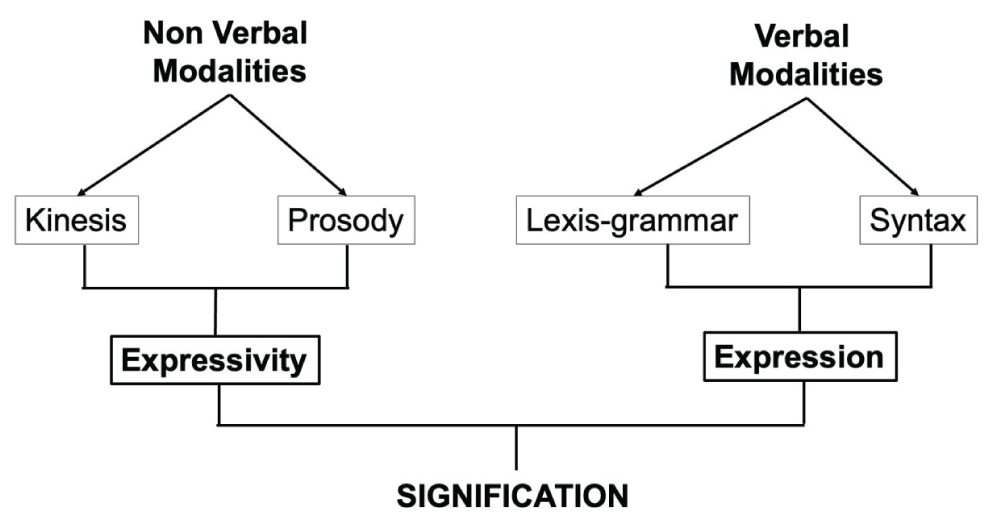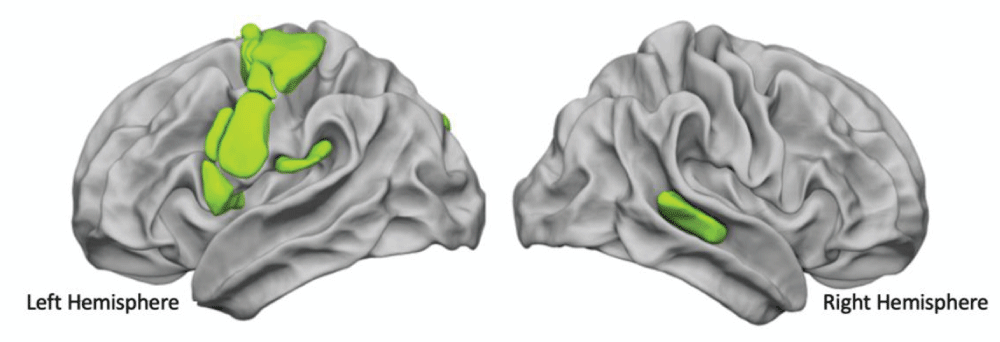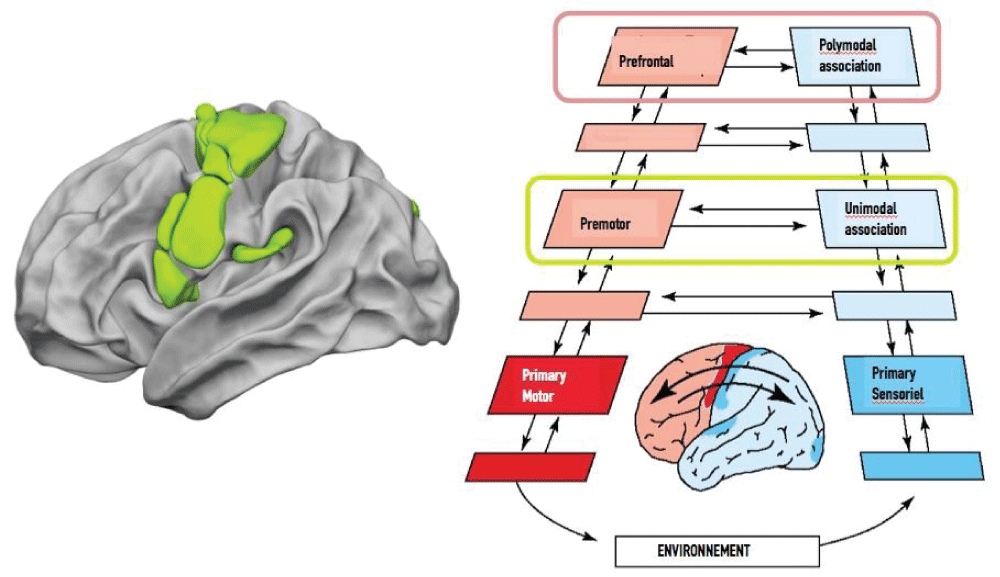The Expressivity Dimension of Speech is the basis of the Expression Dimension. Evidence from Behavioural and Neuroimaging Studies
The Expressivity Dimension of Speech – Unlocking the Musicality of Language
Speech is not merely the articulation of words but a symphony of sounds, rhythm, and emotions. Recent research, as detailed in “The Expressivity Dimension of Speech is the Basis of the Expression Dimension” and its associated DOI, highlights the integral role of prosody—often referred to as the music of speech—in language acquisition and cognitive processing. This blog delves into the fascinating interplay between the expressivity and expression dimensions of speech and its implications for neuroscience, linguistics, and child development.
The Two Dimensions of Speech
Language communication encompasses two primary dimensions:
- Expressivity Dimension: Governs the prosody of speech, including pitch, rhythm, intonation, and tempo. It conveys emotional and affective meaning.
- Expression Dimension: Includes phonemes, grammar, and syntactic structures, responsible for conveying intellectual and semantic content.
The research establishes that the expressivity dimension forms the foundation upon which the expression dimension is built, much like a musical stave underpins a melody.
The Role of Prosody in Language Development
Prenatal and Early Childhood Perception
- Prenatal Stage: During the last trimester of gestation, fetuses begin perceiving rhythmic and prosodic features of their mother’s speech through bone conduction. This early exposure shapes their linguistic preferences and brain specialization.
- Newborns: Behavioral studies using non-nutritive sucking techniques reveal that infants show a preference for their mother’s voice and native language within hours of birth.
Early Prosody as a Foundation for Language
Prosody enables babies to pre-segment sounds into meaningful units. Neuroimaging studies confirm that the left temporal lobe, responsible for language processing, shows increased activation in response to prosodic stimuli.
Neuroimaging Insights
Infant Brain Specialization
Functional Magnetic Resonance Imaging (fMRI) and Near-Infrared Spectroscopy (NIRS) studies demonstrate:
- Left-hemisphere dominance for linguistic prosody.
- Right-hemisphere specialization for emotional prosody.
- Early activation of the superior temporal gyrus and angular gyri during prosodic perception.
Adult Brain Processing
In adults, the expressivity dimension engages:
- Right Hemisphere: Processes fundamental frequency variations (pitch).
- Left Hemisphere: Manages syntactic and phonological integration.
The Expressivity Dimension in Action
Language Acquisition Milestones
- Babbling Phase: From 4–7 months, infants begin experimenting with pitch, duration, and intensity. This “vocal play” reflects early mastery of prosodic elements.
- Canonical Babbling: By 7–10 months, children produce structured syllables (e.g., “ma-ma”) with distinct prosodic patterns resembling their native language.
- First Words: Prosodic cues help infants transition from babbling to meaningful word production.
Cross-Language Insights
Research indicates that even non-native language learners rely heavily on prosody for comprehension, suggesting its universal importance in communication.
Applications in Neuroscience and Linguistics
- Second-Language Learning:
Mastery of prosody facilitates the acquisition of phonological and syntactic skills, enhancing fluency in a second language. - Rehabilitation of Language Disorders:
Disorders like dyslexia and aphasia benefit from prosody-focused therapies, as these target the underlying neural pathways connecting auditory and motor regions. - AI and Speech Technology:
Insights from prosody research inform advancements in natural language processing, enabling more human-like speech synthesis and recognition systems.
Conclusion
The expressivity dimension of speech is more than a precursor to linguistic development—it is the foundation of meaningful communication. By understanding the neural and behavioral underpinnings of prosody, we gain valuable insights into the human brain, language learning, and communication technologies.
As this research shows, language is as much about rhythm and emotion as it is about words and syntax. Whether shaping a baby’s first sounds or advancing AI algorithms, prosody remains at the heart of how we connect and express ourselves.
Tags
- Speech Prosody
- Language Acquisition
- Neuroscience of Speech
- Linguistic Expression
- Child Language Development
- Brain Imaging Studies
- Speech Disorders
- Cognitive Linguistics

Figure 1: Modality of communication.

Figure 2: The Expressivity dimension is the dynamic support of the Expression dimension.

Figure 3: The functional network of word processing common to production, perception, and reading.

Figure 4: The phonological action- perception loop for word processing in relation with Fuster’s model with Fuster’s model.
